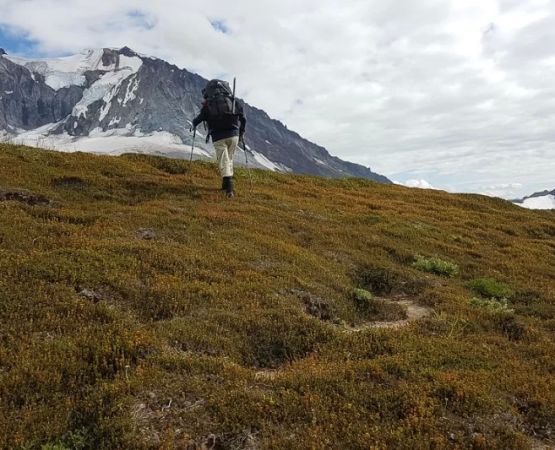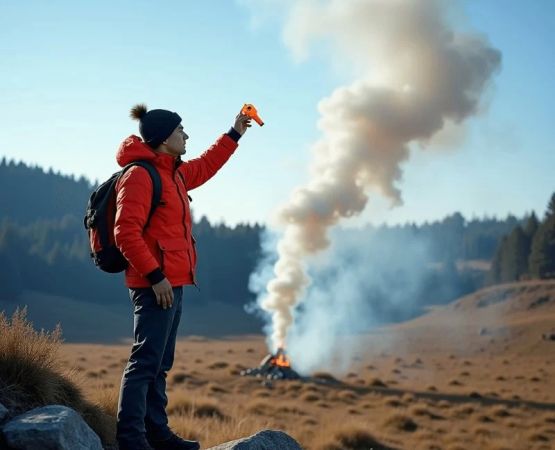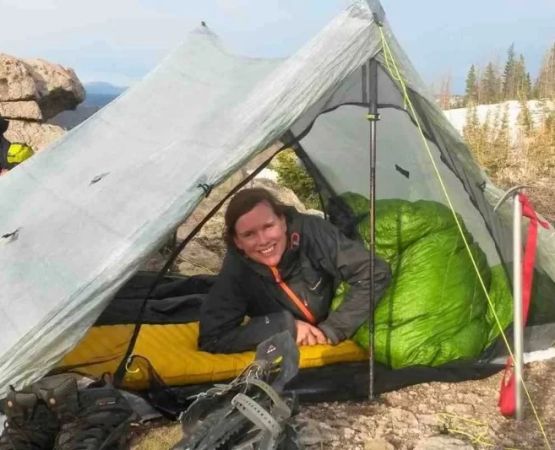- 1-Preparing-for-Solo-Camping-in-the-USA
- 2-Choosing-the-Right-Location-for-Solo-Camping
- 3-Essential-Safety-Gear-for-Solo-Campers
- 4-Communication-and-Emergency-Planning
- 5-Wildlife-and-Environmental-Awareness
- 6-Mental-Preparation-and-Staying-Alert
- 7-Stories-and-Lessons-from-Solo-Camping-Experiences
- 8-How-Pine-Cliff-Resort-Can-Enhance-Your-Solo-Camping-Journey
1. Preparing for Solo Camping in the USA
Solo camping is an empowering way to connect with nature and yourself, but thorough preparation is key to safety. Research your destination’s climate, terrain, and regulations before your trip. Create a detailed itinerary and share it with trusted contacts.
Preparation also means packing essentials like shelter, food, water, and first aid supplies. Knowing your skill level and physical limits helps set realistic plans and ensures a smooth experience.
2. Choosing the Right Location for Solo Camping
Selecting a safe and accessible campground is crucial. National and state parks often provide well-maintained sites with ranger support. Consider areas with cell coverage for emergencies, and avoid remote spots if you’re a beginner.
Consult local resources or experts to find locations suited to solo campers. Campsites near Pine Cliff Resort, for example, offer a balance of scenic beauty and safety features, ideal for first-time solo adventurers.
3. Essential Safety Gear for Solo Campers
Carrying the right gear increases your security and comfort. This includes a reliable tent, navigation tools, flashlight, multi-tool, and adequate clothing. Personal safety items such as a whistle, pepper spray, or bear spray depending on the region can deter wildlife or alert others.
A fully charged power bank and a satellite messenger device provide communication backup where cellular networks fail.
4. Communication and Emergency Planning
Maintain regular check-ins with a friend or family member and establish emergency protocols. Know the location of the nearest ranger station or emergency services. Having a plan reduces anxiety and ensures help can arrive quickly if needed.
Downloading offline maps and emergency contact apps enhances preparedness in remote locations.
5. Wildlife and Environmental Awareness
Understand the local wildlife and how to minimize risks. Store food securely, keep a clean campsite, and avoid attracting animals. Awareness of weather patterns and terrain hazards also helps avoid accidents.
Respecting the environment through Leave No Trace principles preserves the beauty and safety of camping areas for others.
6. Mental Preparation and Staying Alert
Solo camping challenges your self-reliance and mindfulness. Stay alert to your surroundings, trust your instincts, and avoid risky behaviors. Mental preparedness includes managing solitude and maintaining a positive, flexible attitude.
Practicing mindfulness and breathing exercises can help manage stress and enhance your outdoor experience.
7. Stories and Lessons from Solo Camping Experiences
Many solo campers share stories of unexpected challenges turned into growth opportunities. One camper at Pine Cliff Resort recounts how careful planning and safety awareness helped them navigate sudden weather changes safely, reinforcing the value of preparedness.
These narratives encourage others to embark on solo camping with confidence and respect for nature’s unpredictability.
8. How Pine Cliff Resort Can Enhance Your Solo Camping Journey
Pine Cliff Resort offers exceptional support and facilities that cater to solo campers, combining natural beauty with enhanced safety features. With expert staff, guided excursions, and reliable amenities, it’s a perfect base for your solo adventures.
Choosing Pine Cliff Resort elevates your solo camping experience by providing peace of mind, comfort, and community connection in the great outdoors.






